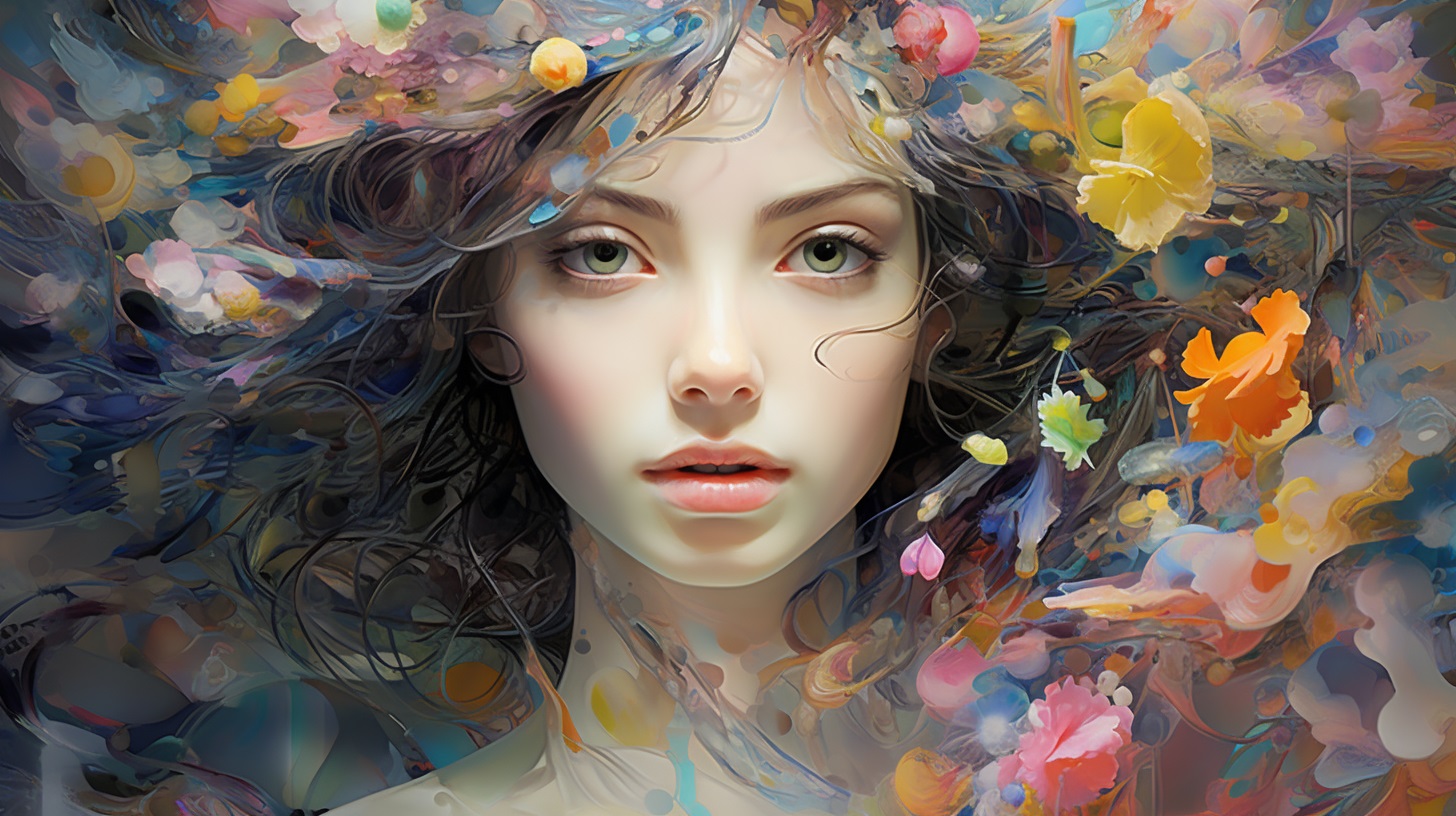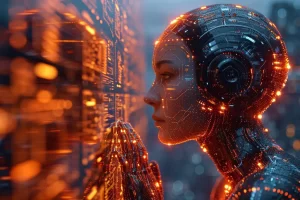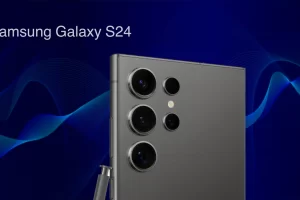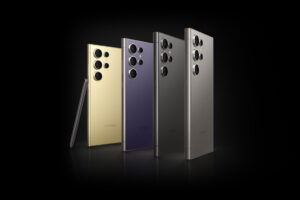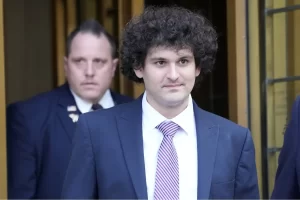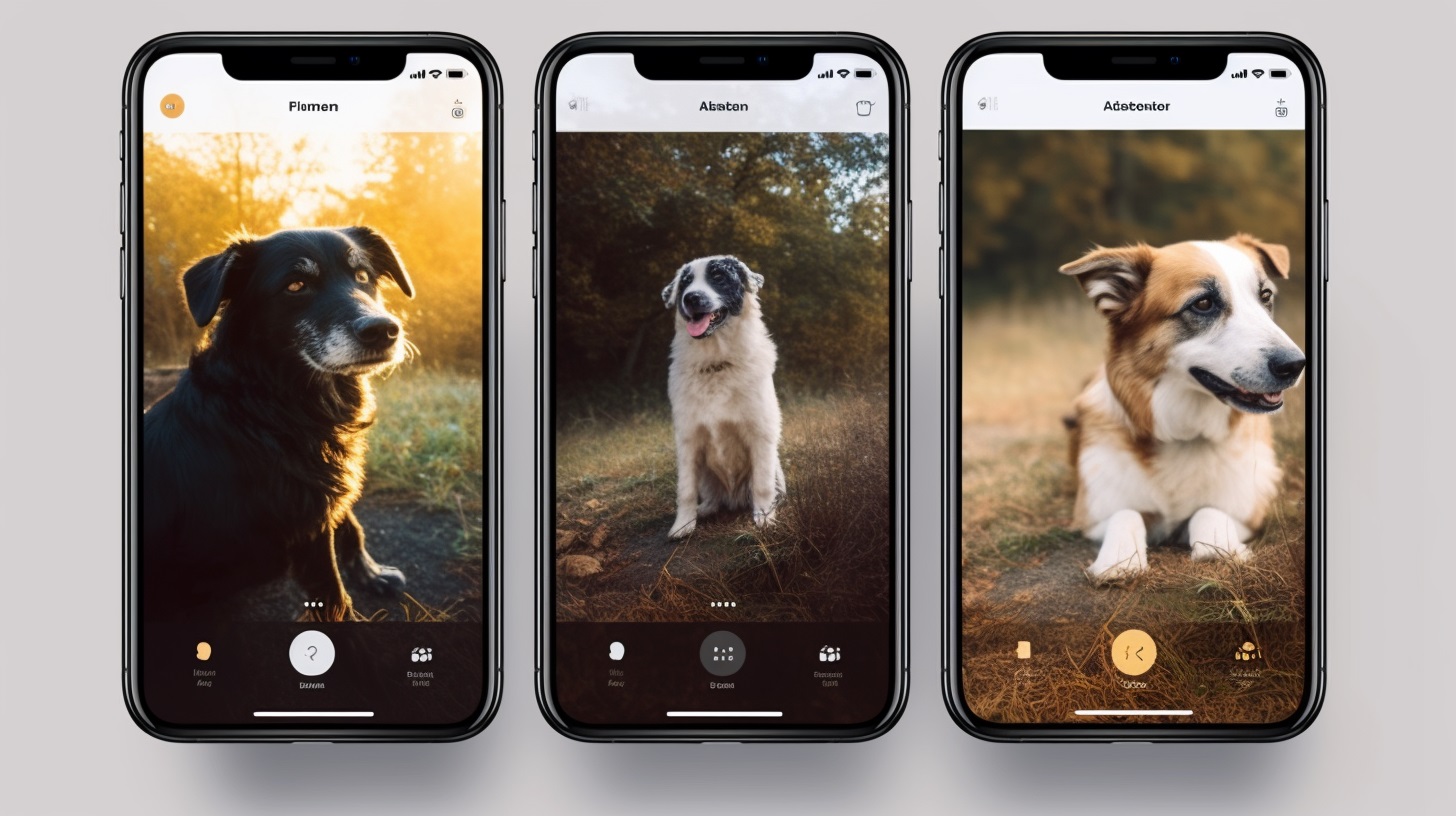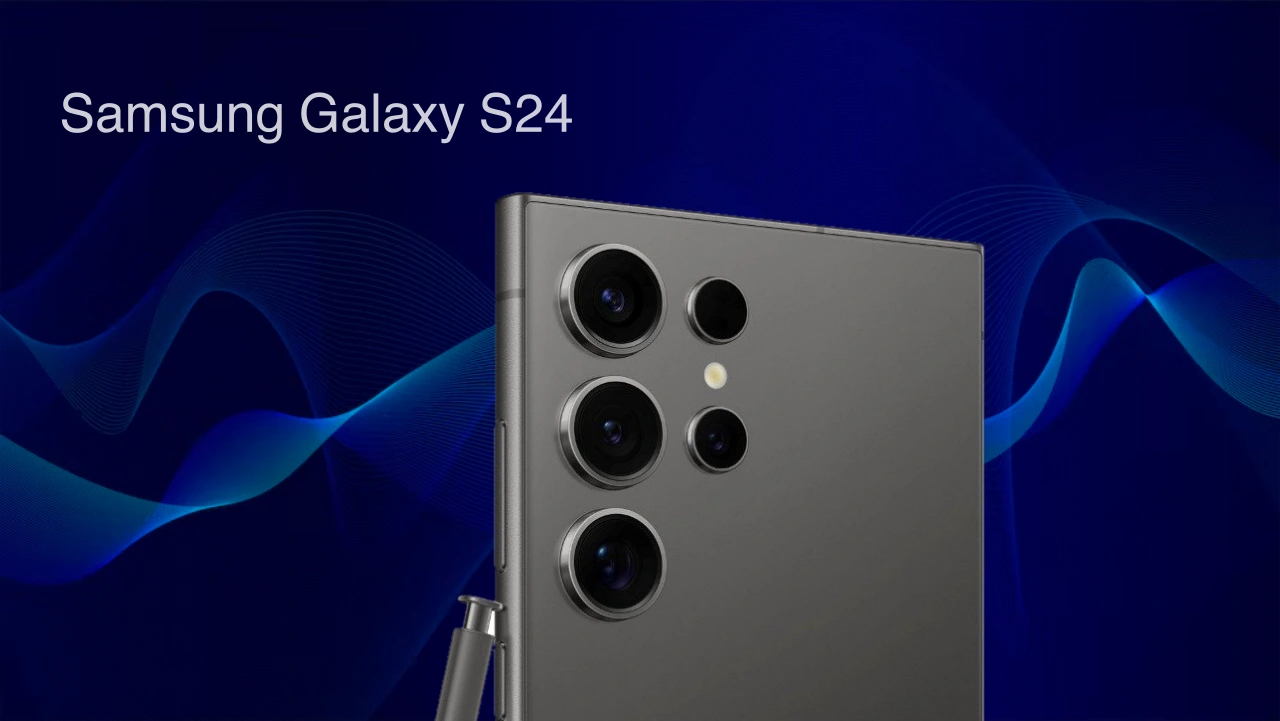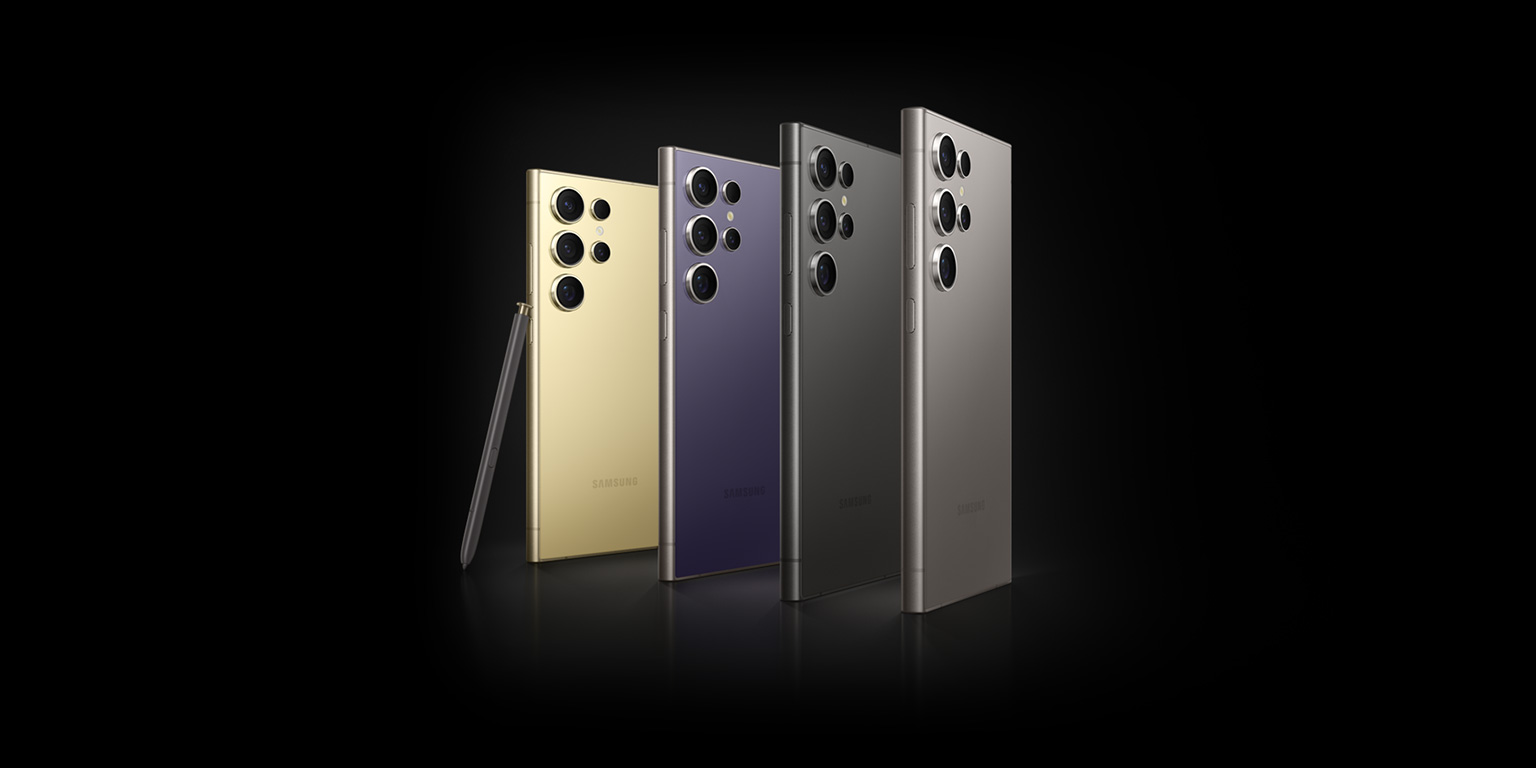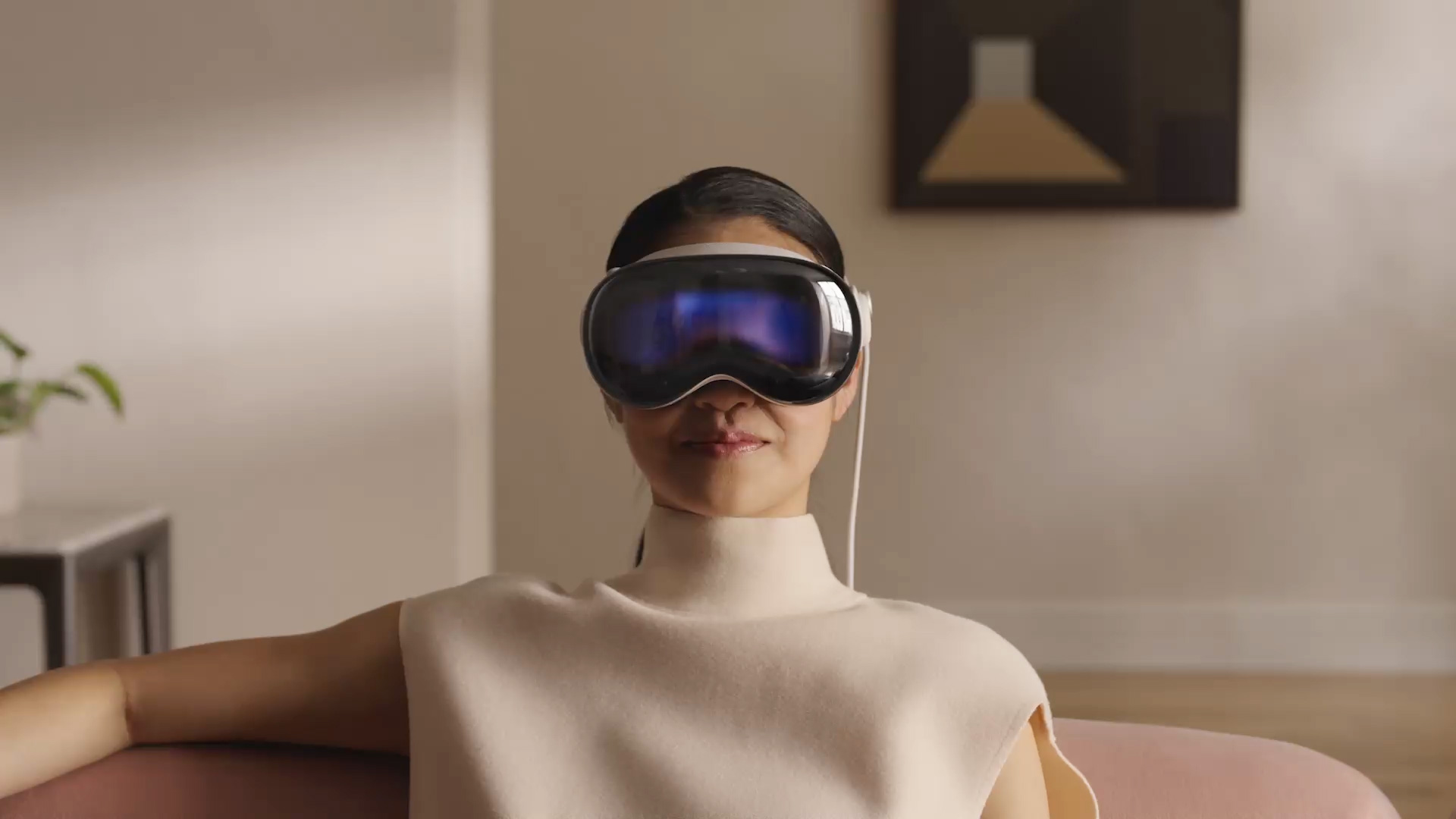In today’s fast-paced technological landscape, the advancements in artificial intelligence have been nothing short of astounding. One such remarkable feat in the world of AI is ChatGPT’s newfound ability to respond to your voice and analyze your photos. This development is a testament to the relentless pursuit of innovation by OpenAI, bringing us a chatbot that’s not just smarter but also more versatile than ever before.
Understanding the Evolution of ChatGPT
ChatGPT has come a long way since its inception. Originally designed as a text-based conversational AI, it has steadily evolved to encompass a broader range of capabilities. As of the latest updates, ChatGPT can now recognize elements in an image, enabling you to ask questions about them. But that’s not all; it can also understand spoken words, respond with a synthetic voice, and process images. This transformation from a text-only chatbot to a multi-modal AI is a game-changer.
Voice Commands: A New Dimension
Voice commands have become an integral part of our interaction with technology. OpenAI recognized this trend and, in a move to stay competitive with giants like Google Bard and Bing, incorporated voice prompts into ChatGPT’s skillset. This means you can now communicate with ChatGPT not just through text but also through your voice. It opens up a world of possibilities for hands-free, voice-activated AI assistance.
A Picture Speaks a Thousand Words
The ability to analyze photos is a significant milestone for ChatGPT. You can simply snap a photo, and ChatGPT can recognize elements within the image, allowing you to ask specific questions about it. Imagine being able to identify objects, landmarks, or even obscure details in a picture with just a voice command. This feature has far-reaching implications, from aiding the visually impaired to enhancing our daily lives with seamless image recognition.
A Step Closer to Digital Companions
With these advancements, ChatGPT is inching closer to the concept of a digital companion. Similar to the seductive AI assistant from the movie ‘Her,’ ChatGPT can now engage in voice conversations and comprehend the visual world through image analysis. It’s not just a chatbot; it’s a virtual entity that can interact with you in a more human-like manner.
The Practical Applications of ChatGPT
The incorporation of voice and image analysis capabilities into ChatGPT expands its practical applications significantly. Here are some scenarios where this enhanced AI can make a difference:
- Accessibility: It can be a boon for individuals with disabilities, providing them with a means to interact with technology more effortlessly.
- Education: Students can receive interactive assistance in understanding complex visual content.
- Tourism: Travelers can get real-time information about landmarks just by taking a picture.
- Home Automation: Control smart devices in your home with voice commands.
- Content Creation: Writers and content creators can get quick information and ideas for their projects through voice queries.
Conclusion
The integration of voice response and image analysis capabilities into ChatGPT marks a significant stride in AI technology. OpenAI’s relentless pursuit of enhancing its chatbot’s abilities has led to a more versatile and useful tool for a wide range of applications. From answering questions to assisting those in need, ChatGPT’s evolution is a testament to the boundless possibilities of artificial intelligence.
In a world where technology continues to shape our lives, ChatGPT’s newfound skills offer a glimpse into the future, where digital companions might be an everyday reality. As we embrace these innovations, it’s exciting to imagine how AI like ChatGPT will continue to transform our interactions with technology.


